Technologies
Keep Your TV Viewing Habits Private With the Best Smart TV VPNs
Your smart TV is a vector for data privacy exposure — but these VPNs can help keep your viewing activity hidden from prying eyes.

Household privacy protection is important — which is why using a smart TV VPN is essential. Your internet service provider can monitor and collect data on whatever you’re watching on your smart TV — and it’s all too eager to sell your data in order to target you with ads. The best smart TV VPN secures your privacy by encrypting your data as your internet traffic is routed through a remote, secure server. This means that what you do online while connected to a VPN server is hidden from anyone attempting to snoop on what you’re up to — including your internet service provider.
Long gone are the days of viewer anonymity we once enjoyed with old boxy, fuzzy-pictured TVs.Nearly every TV you can buy these days is connected to the internet, which means that streaming services and other apps are transmitting all sorts of information while you watch. So if you want to protect your information and browsing habits, using a solid, well-tested VPN is a good idea. A bonus here is that a smart TV VPN can also help you access content on Netflix and other streaming sites that would otherwise be restricted in your location.
Using a smart TV comes with security risks as well. Your smart TV is another device that’s connected to the internet, and without the right protections, internet-connected devices can be hacked. Government entities or cybercriminals can compromise your smart TV, get access to your viewing information, intercept your passwords and more. It’s important to minimize those risks and keep unwanted eyes off of your viewing habits.
The best VPN for your smart TV will offer excellent security, fast speeds, the ability to unblock streaming services, cross-platform compatibility (including on VPN routers as well as on Android and Amazon Fire devices) and helpful customer support. (Beware of free VPN services since they can put your privacy at risk, and they typically impose restrictive bandwidth and data caps that make them essentially useless for your smart TV.) With a focus on the qualities above, we’ve rounded up the five best VPNs for your smart TV.
- Latest tests: No leaks detected, 2% speed loss in spring 2022 tests
- Network: 3,000-plus servers in 160 locations across 94 countries
- Jurisdiction: British Virgin Islands
- Price: 5 simultaneous connections for $13 per month, $60 for six months or $100 for a year (current discount: 3 months free). 2-year subscriptions available.
When it comes to speed, security and unblocking capabilities, ExpressVPN is tough to beat. After a set-back in 2020, ExpressVPN is again currently in first place as the fastest VPN we’ve tested. ExpressVPN caused us to lose just 2% of speeds in our speed tests, so you shouldn’t have any issues achieving enough speeds for a smooth streaming experience whether you’re streaming in 720p or 4K UHD.
It also unblocks Netflix and other streaming services more reliably than most other VPNs, has servers in 94 countries around the world — so basically any geographic region you’d want access to is available in its extensive global network of VPN servers.
All of our top-rated VPNs have wide compatibility across platforms and operating systems, but ExpressVPN’s collection of setup guides, detailed FAQs and troubleshooting articles give it a clear advantage for Smart TV users, even if you’re connecting your TV to several other consoles and devices. That’s also where ExpressVPN’s 24/7 customer support, and its no-questions-asked, 30-day money back guarantee come in handy.
With ExpressVPN’s custom router app, you can also enable its split-tunneling feature to run certain devices (like your smart TV) through the VPN and others through your regular network connection. The Network Lock killswitch feature is also available on the router app, which will protect your privacy by killing your internet connection should the VPN disconnect for any reason.
If you have a Fire TV or a Google TV, you can bypass the router setup altogether and install the ExpressVPN app right onto your smart TV.
ExpressVPN’s included Media Streamer smart DNS feature is also simple to set up on any smart TV. Just keep in mind that while smart DNS can help you unblock geo-restricted content, your connection won’t be encrypted, so you won’t have the same privacy protections as you would via your VPN connection. But if you’re a casual user and streaming is your only objective here, then Media Streamer could be a good option for you.
All this comes at a price, however. ExpressVPN may be the best VPN for smart TVs, but it is also one of the most expensive. ExpressVPN’s best plan offers five simultaneous connections for $100 a year (which includes three extra months, for a limited-time deal totaling 15 months of service). You can also opt for a $13 per-month plan, or pay $60 for six months.
- Latest tests: Zero data leaks and 19% internet speed loss in fall 2022 tests
- Network: 3,200-plus in 99 countries
- Jurisdiction: Netherlands
- Price: Unlimited connections for $48 for the first year (then $60 annually) or $13 per month. 2-year subscriptions available.
Surfshark boasts an impressive suite of privacy and security features, unlimited simultaneous connections, easy-to-use interface and expansive global network. And it’s still significantly cheaper than most of its competitors. That’s what helped Surfshark earn CNET’s Editors’ Choice for Best Value VPN in 2022.
Along with standard VPN features such as a kill switch and DNS leak protection, some of the more notable Surfshark features include camouflage mode (which hides the fact you’re using a VPN), split-tunneling, NoBorders mode (which lets you use Surfshark in regions where VPNs are restricted) and multihop VPN connections. You’ll also get access to Surfshark’s CleanWeb technology, which blocks ads and malware and helps you avoid phishing attacks.
One innovation we’re excited to see Surfshark roll out over the next year is its Nexus network, which connects the VPN’s entire network of servers together and allows you to choose multiple servers to route your connection through. The functionality is somewhat similar to Tor, but Surfshark says it’s faster. With its Dynamic MultiHop, IP Randomizer and IP Rotator functions, the Nexus network can give you a few extra layers of protection while you use the VPN — which can be particularly beneficial to users with critical privacy needs.
Surfshark says it doesn’t log any user activity. And although no-logging claims are virtually impossible to prove with 100% certainty, German cybersecurity firm Cure53 declared Surfshark’s security to be «solid» in its 2021 security audit of the VPN. Surfshark says a new audit is forthcoming by the end of this year.
As of February 2022, both Surfshark and NordVPN have the same corporate parent (Tesonet), but Surfshark said it is legally bound not to share any information between the entities that would go against its privacy policy or terms of service. We didn’t find any language in either document that would indicate Surfshark has any obligation to share user data with its parent company or any sibling companies, which include NordVPN.
Surfshark rates consistently as one of the fastest VPNs available. Which is why we were surprised that one of the only issues we had with Surfshark came in our speed test. While it still ranks as one of the fastest VPNs we’ve tested — with an internet speed loss of just 19% — we were disappointed with the inconsistent speed results we got to certain locations. Speeds to Europe and Singapore were erratic (dipping as low as 9Mbps to Singapore), while speeds to New York were slower than speeds to the UK and even Australia. Surfhark is in the process of significantly expanding its server network, now offering more than 3,200 servers in 99 countries. The continued expansion of its server network could potentially help bring some more consistency to the VPN’s speeds.
In our tests, Surfshark had no problems unblocking Netflix and Amazon Prime Video content, but we did run into a fair bit of trouble accessing Disney Plus. After testing various servers in the US and other countries where Disney Plus is available, we were finally able to access the content when we connected to a server in Boston. You may need to test a few servers yourself before gaining access to Disney Plus content with Surfshark.
Surfshark offers cheaper introductory prices that jump after the first billing cycle. Even so, Surfshark manages to keep its prices lower than most other VPNs — helping it earn CNET’s Editors’ Choice for Best Value. The yearly plan starts out at $48 for the first year, then jumps to $60 for any additional years of service. If you opt for the two-year plan, you’ll pay $60 up front for the initial two years combined, then $60 per year for any additional years. Surfshark’s monthly plan stays constant at $13 a month. If you’re not satisfied with the service for any reason, Surfshark offers a 30-day money-back guarantee.
- Latest tests: No leaks detected, 13% speed loss in summer 2022 tests
- Network: 5,600-plus servers in 84 locations across 59 countries
- Jurisdiction: Panama
- Price: 6 simultaneous connections for $12 per month or $60 for a year (current discount: 3 months free). 2-year subscriptions available.
NordVPN is one of the biggest and most recognized names in the industry. And for good reason — because NordVPN is an excellent VPN overall, offering basically anything and everything you’d want in a quality VPN service. It’s fast, secure, easy to use on all platforms and has an excellent global network of servers — many of which are optimized for things like streaming and security.
NordVPN’s speed and security are both top-notch and can give VPN users a solid streaming experience while keeping your activity private at the same time. With NordVPN, you’ll be safe and secure behind its AES 256-bit encryption along with your choice of IKEv2/IPsec, OpenVPN or NordLynx VPN protocols. NordLynx is built on the WireGuard protocol, but uses a double network address translation (NAT) system that gives each user the same IP address and each individual VPN tunnel a unique IP address to help protect your privacy while affording you the fast speeds you can get via the WireGuard protocol. Essentially, this double NAT system ensures that none of your personal data is stored on the VPN server, giving you fully private internet access.
NordVPN’s Help section is filled with useful guides on how to get the service working on your smart TV. You’ll find step-by-step instructions on how to get the VPN set up on a host of different routers as well as how to set it up on your Fire TV and Google TV.
Overall, it’s a great VPN and a solid choice for smart TVs. As far as price, you’ll find NordVPN in the middle of the pack here — its 2-year subscription plan comes out to $3.29 per month. If you’re not sure if Nord is the right choice for you, you can always give it a test run thanks to its 30-day money-back guarantee.
- Latest tests: DNS leaks detected, 26% speed loss in spring 2021 tests
- Network: 1,800-plus servers in 115 locations across 80 countries
- Jurisdiction: United States
- Price: 5 simultaneous connections for $13 per month or $96 for a year. Family plans available.
For critical VPN use, we wouldn’t recommend Hotspot Shield due to its US jurisdiction in addition to its use of its proprietary, closed source Hydra VPN protocol. But if security and privacy aren’t your primary concern, then Hotspot Shield makes for an excellent smart TV VPN. Though we may not be completely sold on its privacy protections, we are on its speed — Hotspot Shield is fast.
It’s also excellent for streaming content on your smart TV. With servers located in more than 80 countries around the world, you’ll have access to a wide selection of geographic regions with Hotspot Shield.
However, Hotspot Shield’s Support section and overall customer service experience leaves quite a bit to be desired. The Support section is a bit convoluted and Search doesn’t always output exactly what you’re looking for, so it might take some work to find what you’re after. And the live chat feature is only available to premium customers. Once you find what you’re looking for, the guides and tutorials are sufficient to get you set up, but the path there isn’t as clean as with other VPNs. Like the others in this list, Hotspot Shield offers apps for Fire TV and Google TV, as well as tutorials on how to set the VPN up on your router.
If you’re willing to pony up $7.99 a month for its yearly subscription plan, or $2.99 a month for a 3-year subscription, then you’ll get a super-fast smart TV VPN that’s excellent at unblocking content in Hotspot Shield. But if you’re concerned at all about its US jurisdiction, you’d be better off going with ExpressVPN or the other two up above.
- Latest tests: No leaks detected, 49% speed loss in summer 2020 tests
- Network: 9,200-plus servers in 115 locations across 91 countries
- Jurisdiction: Romania
- Price: 7 simultaneous connections for $13 per month, $42 for 6 months or $57 for two years. ($57 annually after the first two years).
CyberGhost VPN may not offer all the bells and whistles as the other VPNs on this list, but it may not have to because it’s just so ridiculously easy to use. It also has servers specifically optimized for streaming on various services, which make it a great choice for your smart TV.
It’s not the fastest VPN on the block, but you shouldn’t run into any trouble streaming content buffer-free. And CyberGhost has servers located in 91 countries around the world, making it one of the best in terms of global network coverage.
If you decide to hook CyberGhost VPN up to your smart TV via a router, CyberGhost does provide detailed instructions in its Help center on how to do so — even though it doesn’t offer custom router firmware like ExpressVPN does. If you have a Fire TV or Google TV, you’ll be able to download the CyberGhost VPN app directly to your TV. CyberGhost VPN also offers a smart DNS solution that will give you access to its DNS servers in the US, UK, Germany and Japan.
Cyberghost VPN can also be quite budget-friendly. If you opt for the 3-year plan, which also includes three months free, you can get CyberGhost for just $2.29 per month. But if you prefer the flexibility of a one-year subscription plan, it’s still one of the cheaper options at $4.29 per month. It’s one of the cheapest smart TV VPNs, and a very capable one if you’re fine with a VPN that’s not chock-full of advanced options.
FAQs
More VPN advice
Technologies
What a Ban Would Actually Mean for DJI Drone Owners and Holiday Shoppers
What’s the secret to a very un-merry shopping season? A brand new, unusable drone.

With Thanksgiving wrapped up and the Black Friday shopping sales here, if a DJI drone is on your holiday wish list, you might want to hit «buy» immediately. The company has issued a stark warning: Its drones could be banned from sale in the US, and the deadline is looming.
The Federal Communications Commission voted 3-0 at the end of October to «close loopholes» that allow tech deemed a «national security risk» to be sold in the US. In plain English, the US government is clearing the path to give DJI the same treatment it gave Chinese phone-maker Huawei, effectively banning its products from the American market.
The US government has deemed DJI, which is based in China, a security risk. It’s also considering a separate ban on TP-Link routers.
DJI is already sounding the alarm, posting on Instagram that a «deadline that could decide DJI’s fate in the US is just 43 days away» (now 19 days away). The company is warning that without an audit, its products could face an «automatic ban.» The US government has long labeled the Chinese drone maker a security risk, and it looks like the hammer might finally be coming down right before the holidays.
Don’t miss any of our unbiased tech content and lab-based reviews. Add CNET as a preferred Google source.
The vote isn’t the end of the road, however. Future bans would need to target specific products and would require a period of public consultation. But it appears the groundwork is being set for the FCC to block sales of future and some existing DJI drones from US shores, as well as products that use DJI technology.
The government has called for a DJI audit by the end of the year, but if that doesn’t happen, DJI drone products could be banned for sale by default under a national security law.
DJI asks for a security audit before any ban
A representative for DJI told CNET that while the FCC vote references a rule change that doesn’t currently apply to DJI specifically, the National Defense Authorization Act deadline in December would put Chinese companies like it on the FCC’s ban list, «without any evidence of wrongdoing or the right to appeal.»
Adam Welsh, head of global policy at DJI, said the company has repeatedly said it would be open to audit, but that «more than 10 months have now passed with no sign that the process has begun.»
«The US government has every right to strengthen national security measures, but this must go hand in hand with due process, fairness, and transparency,» Welsh said.
Welsh said DJI is urging the government to start the audit process or grant an extension.
Will DJI drone owners need to give them up?
Because the ban would apply to new sales, not drones that have already been sold, a DJI drone you already own would still be legal to use — at least under current rules.
Government agencies, however, are prohibited from purchasing or using drones from Chinese companies, including DJI.
DJI’s drones consistently rank high in their product category. In January, they dominated CNET’s list of best drones for 2025. But some of the company’s newest products, such as the DJI Mavic 4 Pro, haven’t been available for sale in the United States.
Even DJI products that are not yet banned may be hard to find. The website UAV Coach has posted a guide to the bans and reports that, due to inventory issues, most DJI drone models are sold out at retailers regardless of future FCC action.
Technologies
Today’s NYT Strands Hints, Answers and Help for Nov. 29 #636
Here are hints and answers for the NYT Strands puzzle for Nov. 29, No. 636.
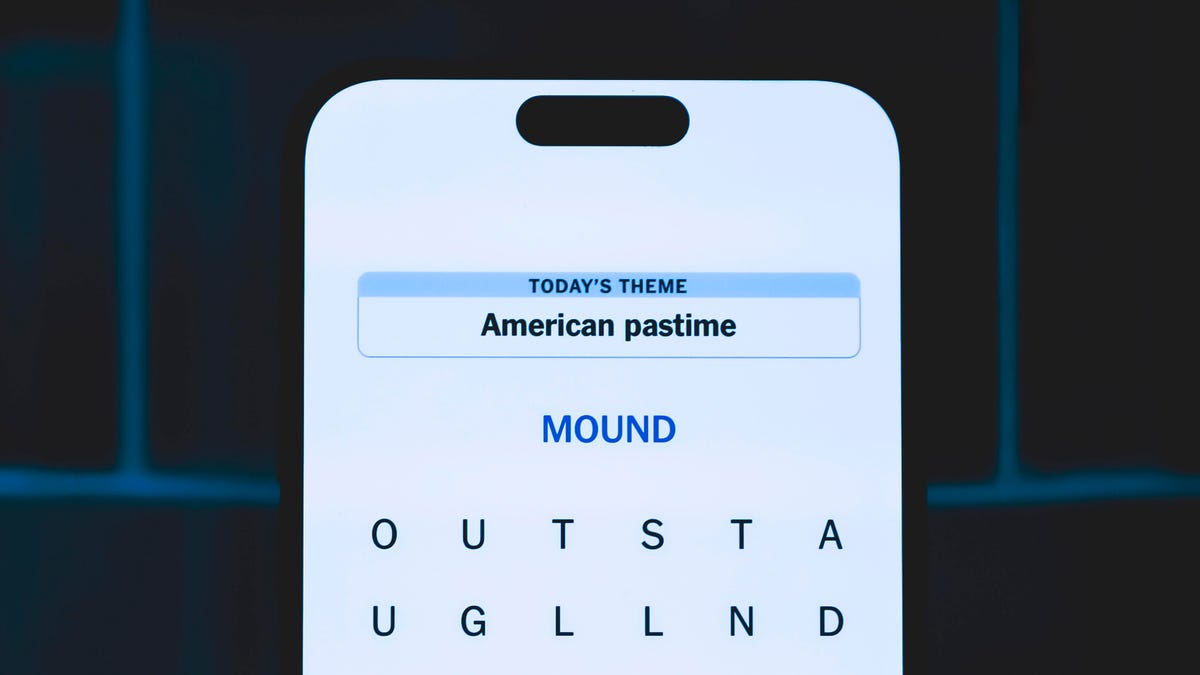
Looking for the most recent Strands answer? Click here for our daily Strands hints, as well as our daily answers and hints for The New York Times Mini Crossword, Wordle, Connections and Connections: Sports Edition puzzles.
Today’s NYT Strands puzzle is a real puzzler. Some of the answers are difficult to unscramble, so if you need hints and answers, read on.
I go into depth about the rules for Strands in this story.
If you’re looking for today’s Wordle, Connections and Mini Crossword answers, you can visit CNET’s NYT puzzle hints page.
Read more: NYT Connections Turns 1: These Are the 5 Toughest Puzzles So Far
Hint for today’s Strands puzzle
Today’s Strands theme is: What a piece of work!
If that doesn’t help you, here’s a clue: You can build it in a shop.
Clue words to unlock in-game hints
Your goal is to find hidden words that fit the puzzle’s theme. If you’re stuck, find any words you can. Every time you find three words of four letters or more, Strands will reveal one of the theme words. These are the words I used to get those hints but any words of four or more letters that you find will work:
- CREW, REAM, LANE, WHEE, DELL, CANE, PULL, REVEL
Answers for today’s Strands puzzle
These are the answers that tie into the theme. The goal of the puzzle is to find them all, including the spangram, a theme word that reaches from one side of the puzzle to the other. When you have all of them (I originally thought there were always eight but learned that the number can vary), every letter on the board will be used. Here are the nonspangram answers:
- WHEEL, AXLE, LEVER, WEDGE, PLANE, PULLEY, SCREW
Today’s Strands spangram
Today’s Strands spangram is SIMPLEMACHINE. To find it, start with the S that’s three letters to the right on the top row, and wind over and down.
Technologies
Today’s NYT Connections Hints, Answers and Help for Nov. 29, #902
Here are some hints and the answers for the NYT Connections puzzle for Nov. 29, #902.
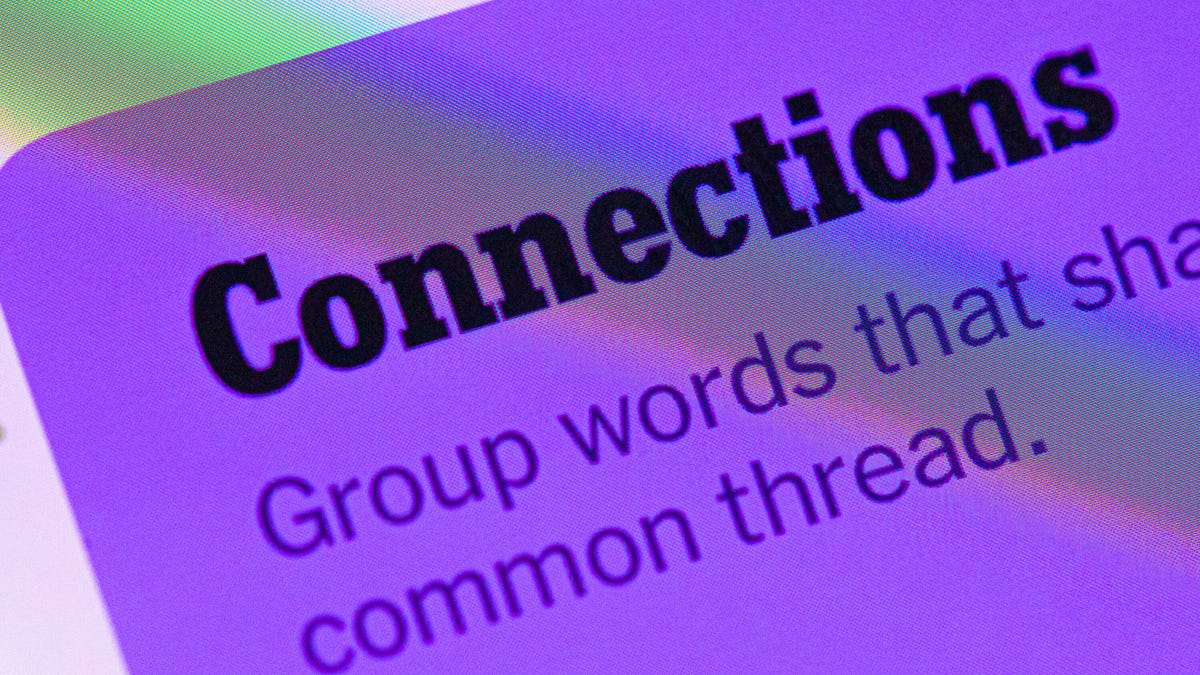
Looking for the most recent Connections answers? Click here for today’s Connections hints, as well as our daily answers and hints for The New York Times Mini Crossword, Wordle, Connections: Sports Edition and Strands puzzles.
Today’s NYT Connections puzzle is tough. If you need help sorting them into groups, you’re in the right place. Read on for clues and today’s Connections answers.
The Times now has a Connections Bot, like the one for Wordle. Go there after you play to receive a numeric score and to have the program analyze your answers. Players who are registered with the Times Games section can now nerd out by following their progress, including the number of puzzles completed, win rate, number of times they nabbed a perfect score and their win streak.
Read more: Hints, Tips and Strategies to Help You Win at NYT Connections Every Time
Hints for today’s Connections groups
Here are four hints for the groupings in today’s Connections puzzle, ranked from the easiest yellow group to the tough (and sometimes bizarre) purple group.
Yellow group hint: Middle of the body.
Green group hint: Fill-in.
Blue group hint: Nice place to hang out.
Purple group hint: Card game.
Answers for today’s Connections groups
Yellow group: Abdominal area.
Green group: Replacement.
Blue group: Park staples.
Purple group: Blackjack terms.
Read more: Wordle Cheat Sheet: Here Are the Most Popular Letters Used in English Words
What are today’s Connections answers?
The yellow words in today’s Connections
The theme is abdominal area. The four answers are core, midsection, torso and trunk.
The green words in today’s Connections
The theme is replacement. The four answers are backup, cover, relief and substitute.
The blue words in today’s Connections
The theme is park staples. The four answers are bench, pigeon, statue and tree.
The purple words in today’s Connections
The theme is blackjack terms. The four answers are bust, hit, split and stand.
-

 Technologies3 года ago
Technologies3 года agoTech Companies Need to Be Held Accountable for Security, Experts Say
-

 Technologies3 года ago
Technologies3 года agoBest Handheld Game Console in 2023
-

 Technologies3 года ago
Technologies3 года agoTighten Up Your VR Game With the Best Head Straps for Quest 2
-
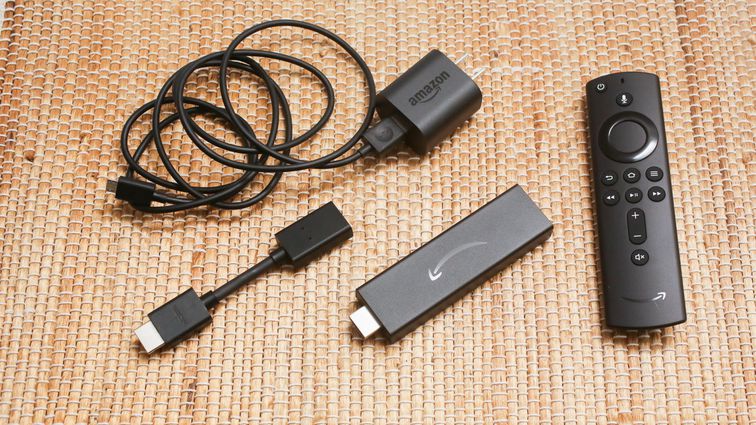
 Technologies4 года ago
Technologies4 года agoBlack Friday 2021: The best deals on TVs, headphones, kitchenware, and more
-
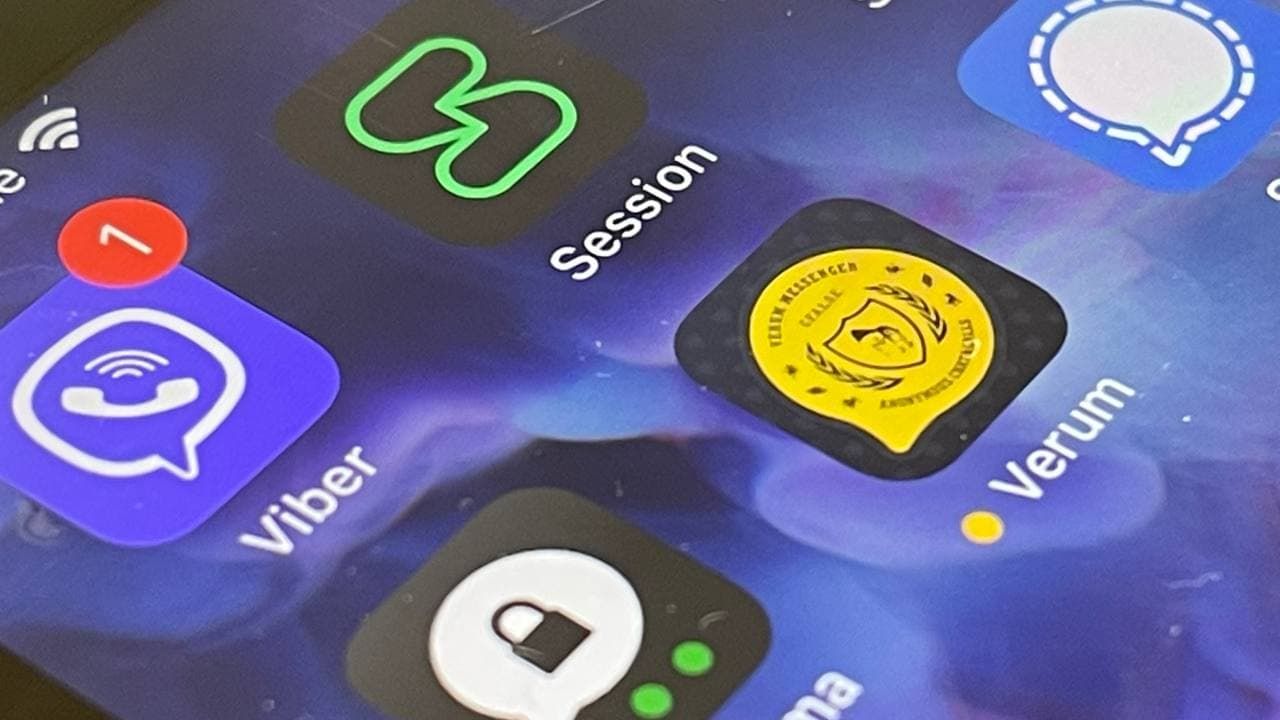
 Technologies4 года ago
Technologies4 года agoVerum, Wickr and Threema: next generation secured messengers
-

 Technologies4 года ago
Technologies4 года agoGoogle to require vaccinations as Silicon Valley rethinks return-to-office policies
-

 Technologies4 года ago
Technologies4 года agoOlivia Harlan Dekker for Verum Messenger
-
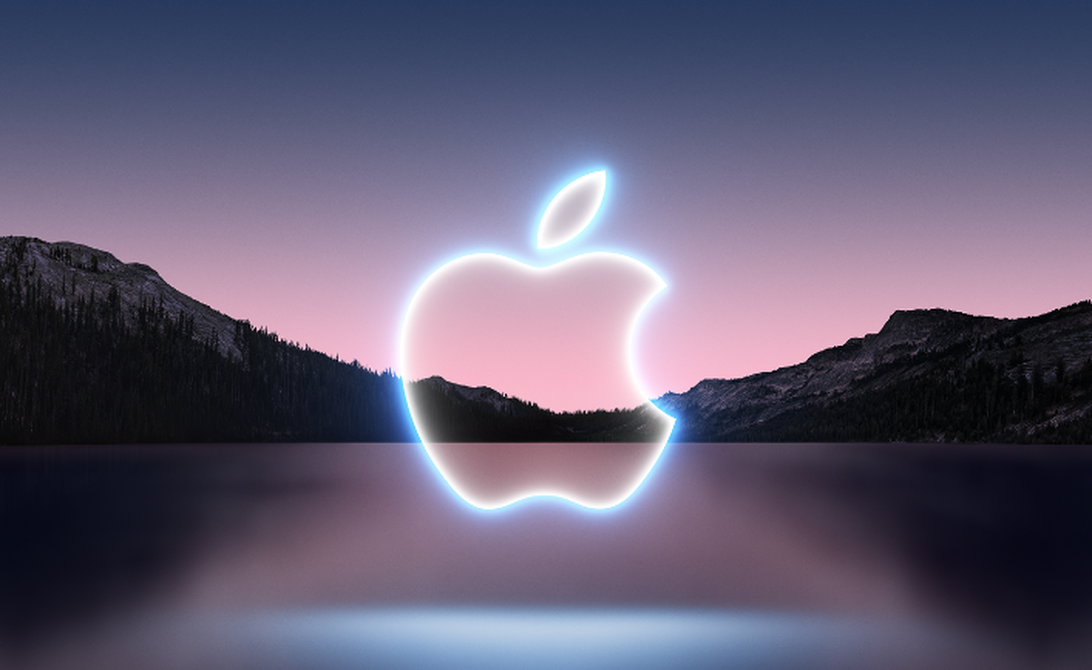
 Technologies4 года ago
Technologies4 года agoiPhone 13 event: How to watch Apple’s big announcement tomorrow
